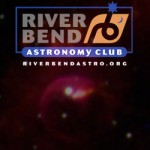A mysterious X-ray signal has been found in a detailed study of galaxy clusters using NASA’s Chandra X-ray Observatory and ESA’s XMM-Newton. One intriguing possibility is that the X-rays are produced by the decay of sterile neutrinos, a type of particle that has been proposed as a candidate for dark matter.
While holding exciting potential, these results must be confirmed with additional data to rule out other explanations and determine whether it is plausible that dark matter has been observed.
Astronomers think dark matter constitutes 85% of the matter in the Universe, but does not emit or absorb light like “normal” matter such as protons, neutrons and electrons that make up the familiar elements observed in planets, stars, and galaxies. Because of this, scientists must use indirect methods to search for clues about dark matter.



